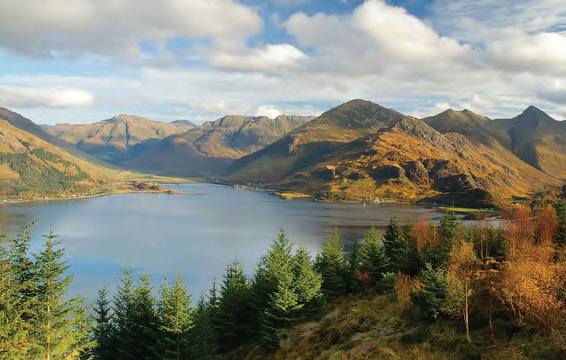
Travel through Scotland by train and really see the countryside.
Do Scotland by train and leave the driving. Elegant Edinburgh, the floral city of Aberdeen and west to the Highland capital of Inverness.
It takes a bit of planning to do a rail itinerary smoothly, or at least to keep on schedule. Here is a wonderful introduction to Scotland, however, that is very doable by train. Scenic rail journeys highlight the North Sea Coast, the Grampian Mountains, and the Scottish Highlands, punctuated by visits to Edinburgh, Aberdeen, and Inverness.
This is definitely an itinerary, however, that you want to do with accommodations booked ahead and in close proximity to the train station. A great place to begin is visitscotland.com.
For maximum flexibility and economy, this is a perfect adventure to take with a Britrail pass, which allows unlimited travel on any train from the range of Britrail passes offered. Get complete information and book passes at britrail.com. They cannot be purchased in Britain.
Day 1 - By train to Edinburgh
Catch a morning train from London’s Kings Cross station for the four-to five-hour ride north on the East Coast Main Line to Edinburgh. Trains run at least hourly.
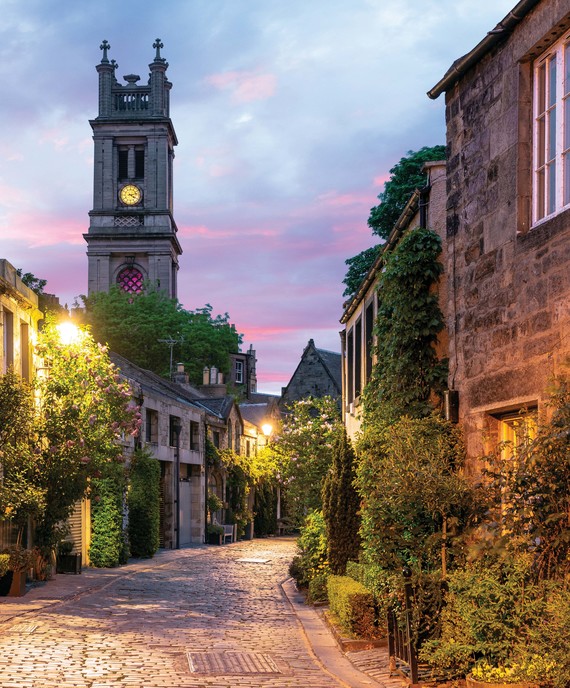
Edinburgh.
Waverley Station is the center of town, on North Bridge connecting the Georgian New Town and Princes Street to the north and the medieval city of the Royal Mile to the south. Blessedly, there are a number of hotels from 3 to 5 stars within just a few blocks on both sides of North Bridge. Edinburgh’s fabulous visitors’ center is right out of Waverley Station on Princes Street. On a short stay in Edinburgh, location is paramount.
This afternoon, you might stretch your legs from the train journey with a walk through Princes Street Gardens. At “The Mound” in the center, the Royal Scottish Academy and Scottish Gallery of Art might be tempting you to pop in.
If you have the energy, this evening catch a bit of real local culture at one or more of the famous Rose Street pubs just a block to the north.
Day 2 - Edinburgh, the "Athens of the North"
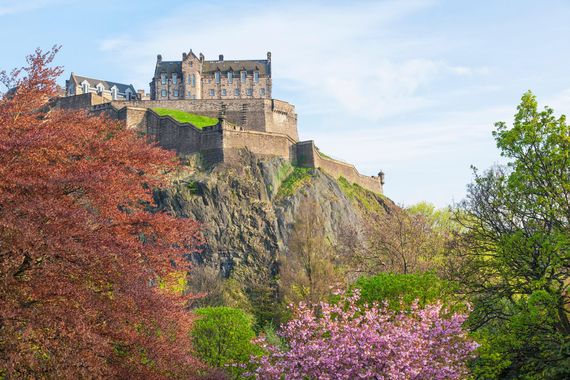
Edinburgh Castle.
Impossible as it is to see all of Scotland’s capital in a day or three, Edinburgh is fairly compact, and you can get a good flavor of its history and ambiance with a day on the Royal Mile.
Most efficiently, catch a panoramic sightseeing tour of the city near the visitors’ center on North Bridge. Or just begin at historic Edinburgh Castle atop the Royal Mile and work your way downhill to the Palace at Holyroodhouse, Her Majesty’s official Scottish residence. Do stop in St. Giles’ Cathedral, the “High Kirk” of Edinburgh and pulpit of Reformer John Knox. Canongate Tolbooth and the Museum of Edinburgh are other highlights of the street.
From Lawnmarket to Cow-gate, the Royal Mile houses attractions, souvenir and woolen shops, pubs, and eateries all wrapped in Scottish tartan. If you have another day, plan to do the 18th-century New Town and George Street from St. Andrew Square to Charlotte Square.
Day 3 - The North Sea Coast to Aberdeen
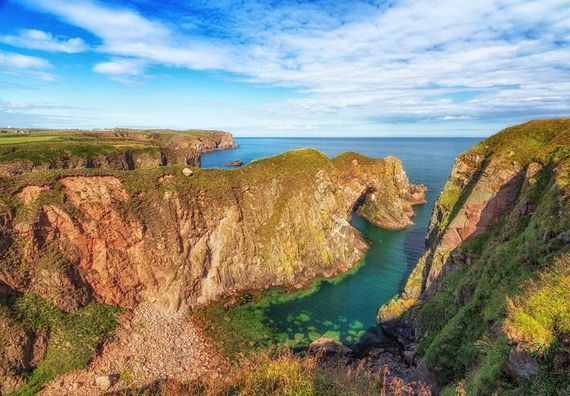
Stunning Aberdeenshire.
Take a morning train at Waverley Station for a scenic rail journey today, along the North Sea coast through Arbroath, where Scotland’s “Declaration of Independence” was declared by Robert the Bruce at Arbroath Abbey, and Montrose (home of regular British Heritage Travel writer Forbes Inglis) to Aberdeen.
The third-largest city in Scotland, Aberdeen is also one of Britain’s most prosperous thanks to the energy industry. Perhaps surprisingly, however, Aberdeen’s 45 parks, gardens, and flowers are famous, winning the city coveted “Best in Bloom” awards virtually every year since 1968.
This afternoon in the “Granite City” you might explore along the main thoroughfare, Union Street, or visit 12th-century St. Machar’s Cathedral. Any time of year, visit the Winter Gardens in Duthie Park, one of the largest indoor gardens in Europe.
Day 4 - Across the Grampian Highlands
From elegant Aberdeen, it’s the Grampian Line that runs northwest through Aberdeenshire and Speyside to Inverness, “Capital of the Highlands.” Take an overnight, or stop along the way in Huntly for Huntly Castle, the seat of Clan Gordon for centuries, or Elgin, where Gordon nobles are buried in the ruins of Elgin Cathedral, “Lantern of the North.”
Where the River Ness empties from Loch Ness into the Moray Firth at the northwestern end of the Great Glen, the small city of Inverness (population 50,000) is the center of commerce, health care, and education for the vast Highlands to its west and north. Stroll both banks of the river, dotted with historic churches, pubs, and stores reflecting the Highland way of life. Here’s a place to get that handmade kilt.
Day 5 - Inverness
Tempting as it might be to spend the day shopping for Scottish woolens (particularly with the present exchange rate), there are several more exciting options for a day in Inverness. You might take a scenic day excursion by train on the Kyle Line—through the Western Highlands, Strath Bran, and Glen Carron to the port of Kyle of Lochalsh, a gateway to the Isle of Skye. Or perhaps take an excursion by boat down the river and Caledonian Canal to Loch Ness, with a visit to Urquehart Castle on its shores.
Closer to town, visit one of the most iconic battlefields in Britain at Culloden Moor, where the Jacobite rebellion of 1745 (principally Highland clansmen) was crushed to defeat by the Hanoverian redcoat army.
Day 6 - Between the mountains to the south
The Highland Line returns you south through the resort of Aviemore, Pitlochry (“Gateway to the Highlands”), and Perth to Edinburgh. On the rail journey continuing toward London, you might plan a stop in York to visit the National Railway Museum right at historic York Station, or better still, plan to stay a day or two. Not enough of Scotland? Catch a train to Glasgow and then ride the West Highland Line north to Fort William.
* Originally published in May 2017.

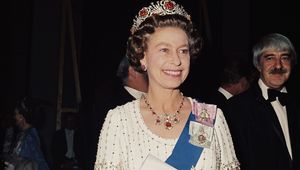
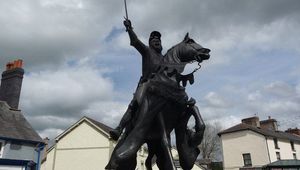

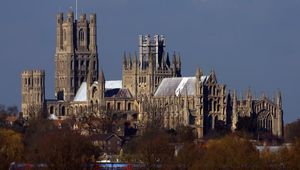
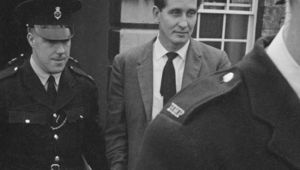
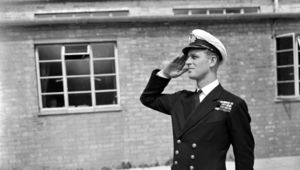


Comments